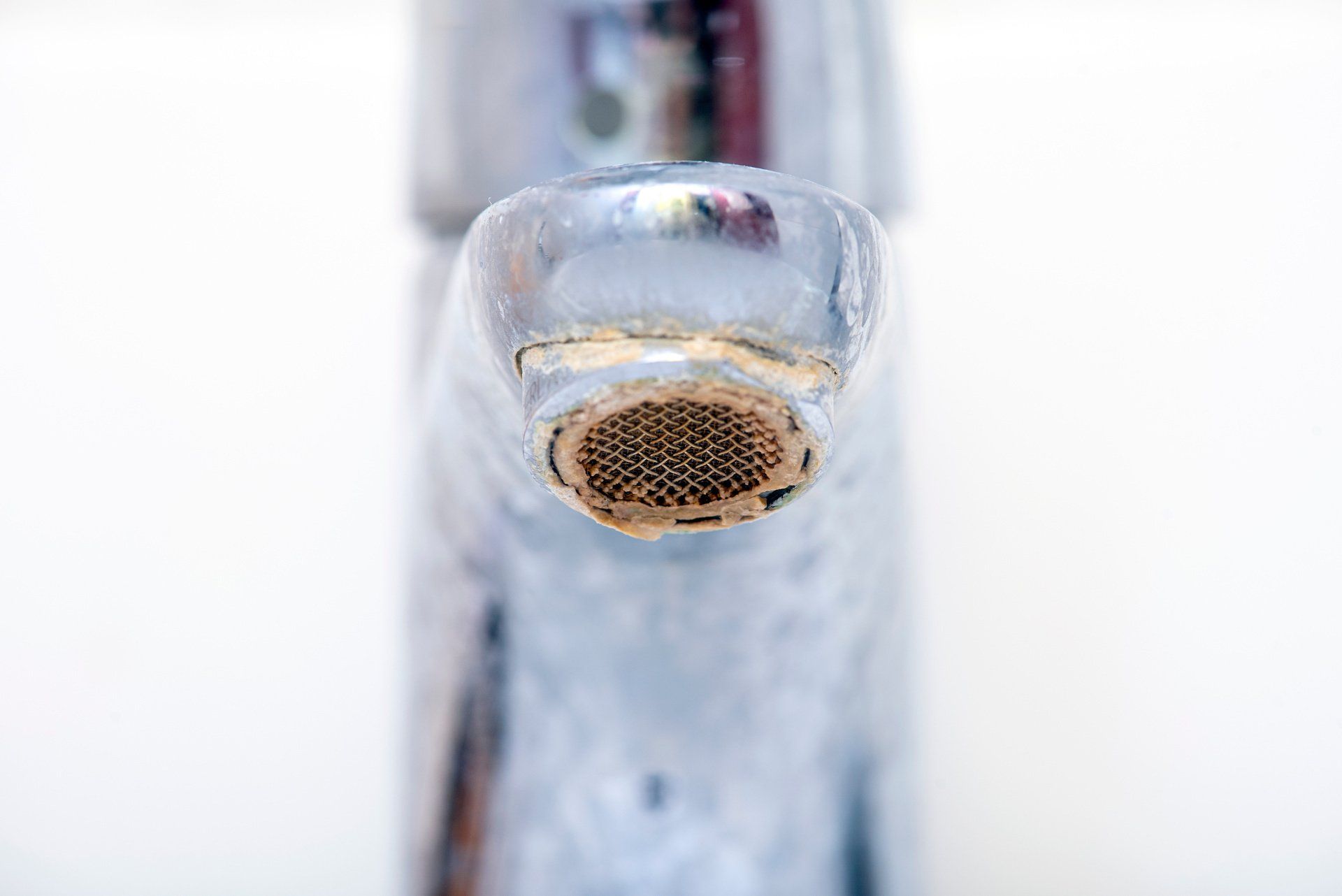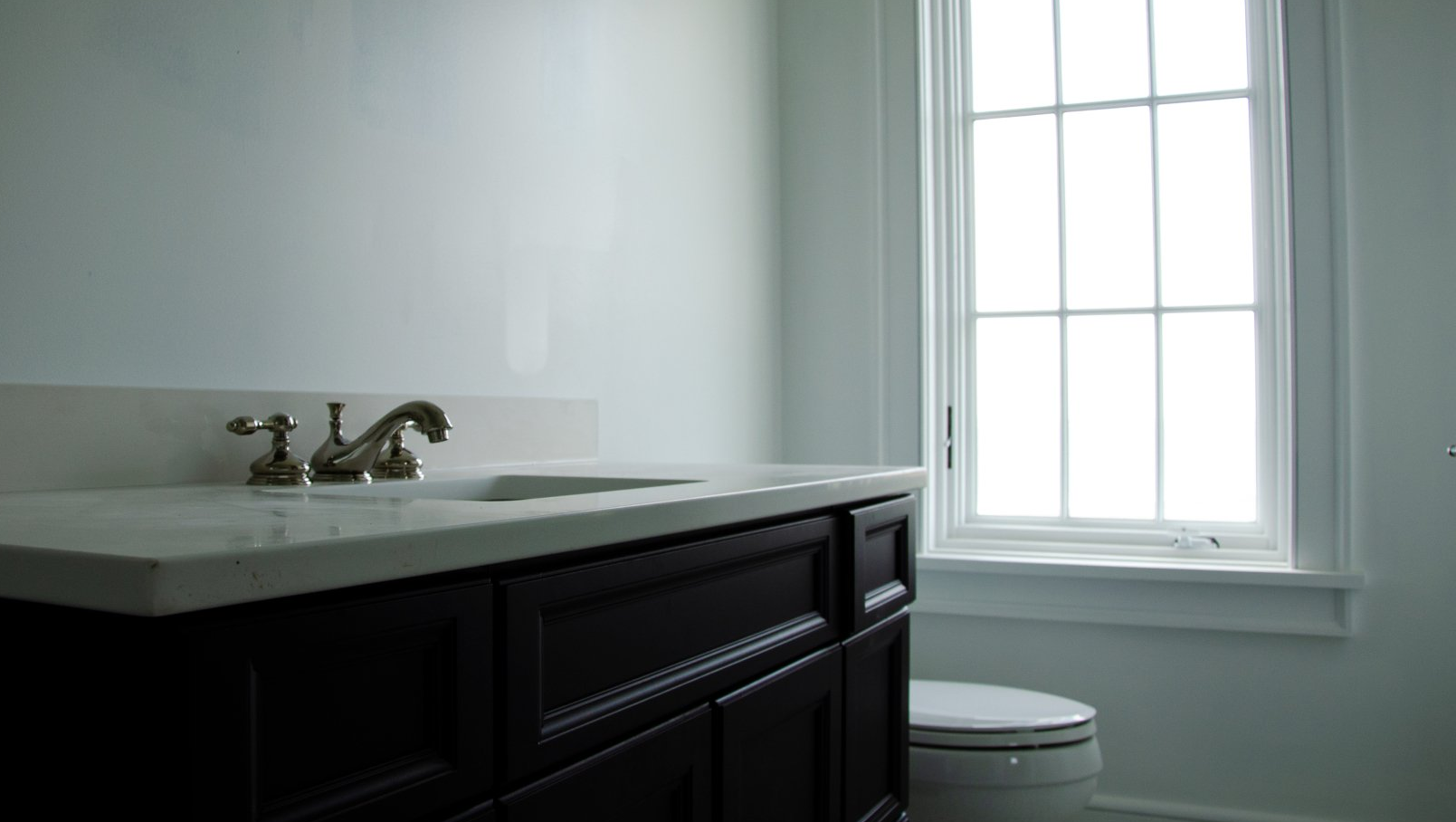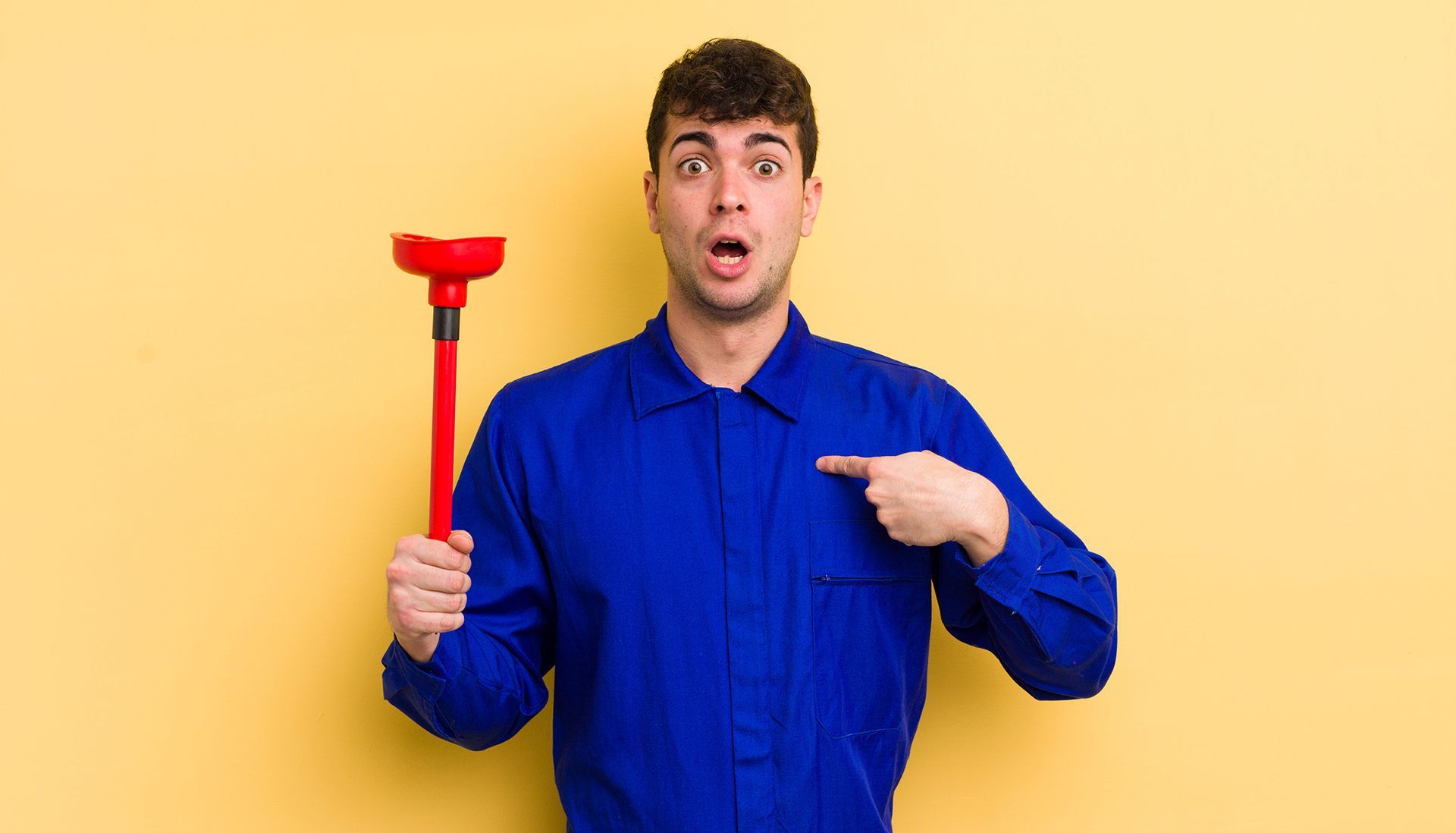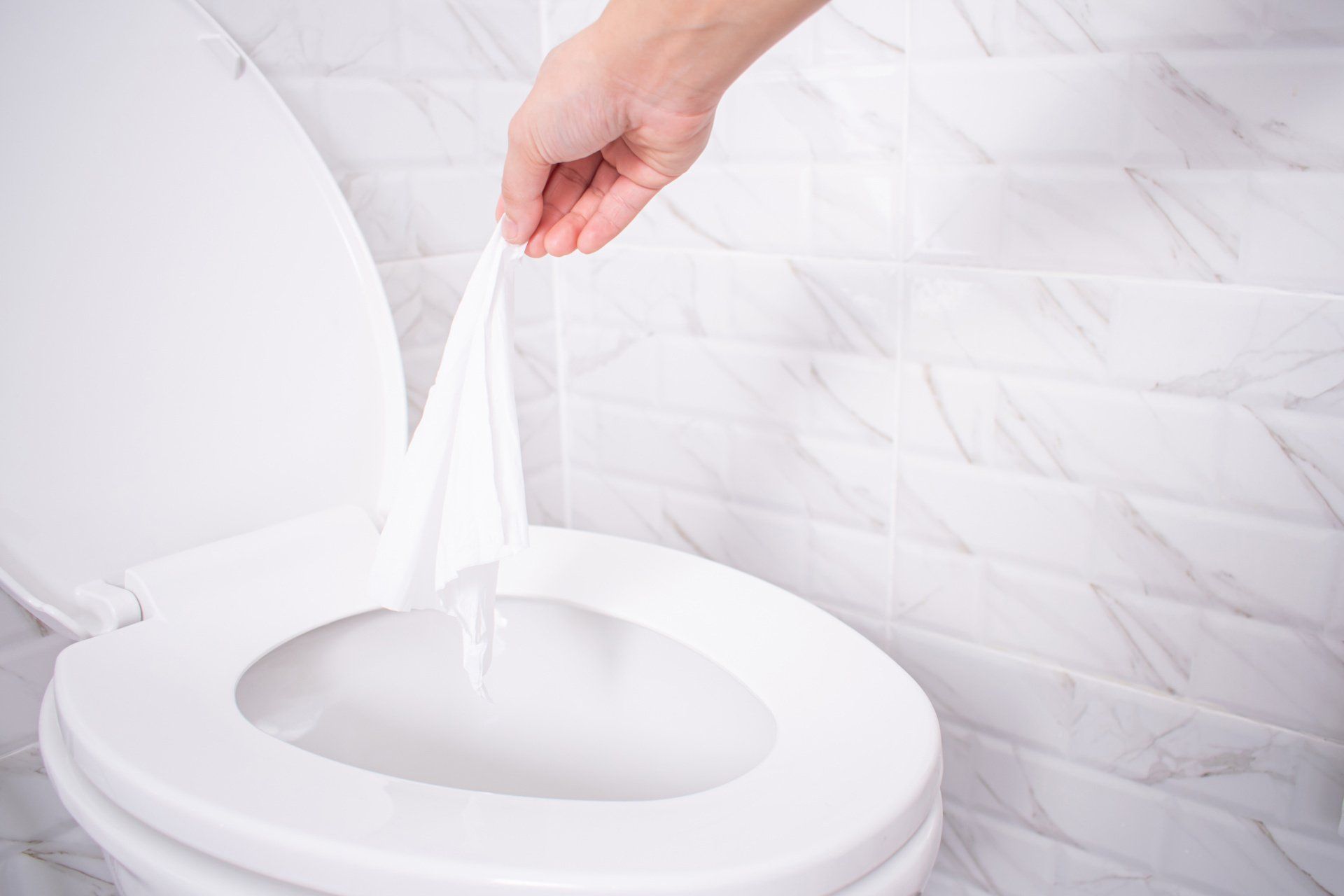How to Remove Calcium Build Up
Do you ever go to turn on your faucet and notice a white chalky substance stuck around it? This is more than likely due to a calcium build-up. The water that comes into your home is hard water, which means that it has a higher percentage of dissolved minerals, such as magnesium and calcium.
There is no need to worry, though, because calcium build-up is pretty much harmless. However, it can make your appliances appear dirty or unkempt, so it’s best to remove them when you notice them starting to build.
What You’ll Need to Remove Calcium Build up
Luckily, the removal process for calcium build-up is pretty simple, and the supplies you need to remove it are easily accessible and affordable. As a matter of fact, you might already have some of these cleaning agents lying around your house.
Lemon Juice
Lemon juice is a natural and easy way to clean up calcium residue. All you need to do is transfer the lemon juice into a spray bottle, and you’re good to go! This ingredient is especially useful for cleaning metal surfaces such as faucets.
White Vinegar
Chances are you might have this ingredient already in your kitchen as well. White vinegar has many purposes, and one of them is removing hardened calcium deposits. For this ingredient, skip the spray bottle and let the affected surface soak with a white vinegar rag.
CLR
This product is yet another way to remove stubborn calcium build-up and is particularly useful for toilets. Otherwise referred to as calcium, lime, and rust remover,
CLR will help to make your affected appliances look shiny and good as new!

Different Methods to Remove Calcium Build Up
As briefly mentioned before, the kind of method you use to remove calcium build-up is dependent upon the ingredients you use. But at the end of the day, a good combination of soaking, scrubbing, and wiping down your faucets and toilets should always work without fail. Feel free to try some different methods with the aforementioned supplies to see what is most convenient for you and what works best for your home.
Have you noticed an issue with your plumbing system recently? Are you in need of
professional help to fix it? No need to worry,
Beverly Plumbing is here for you.
Contact us today!
You might also like



